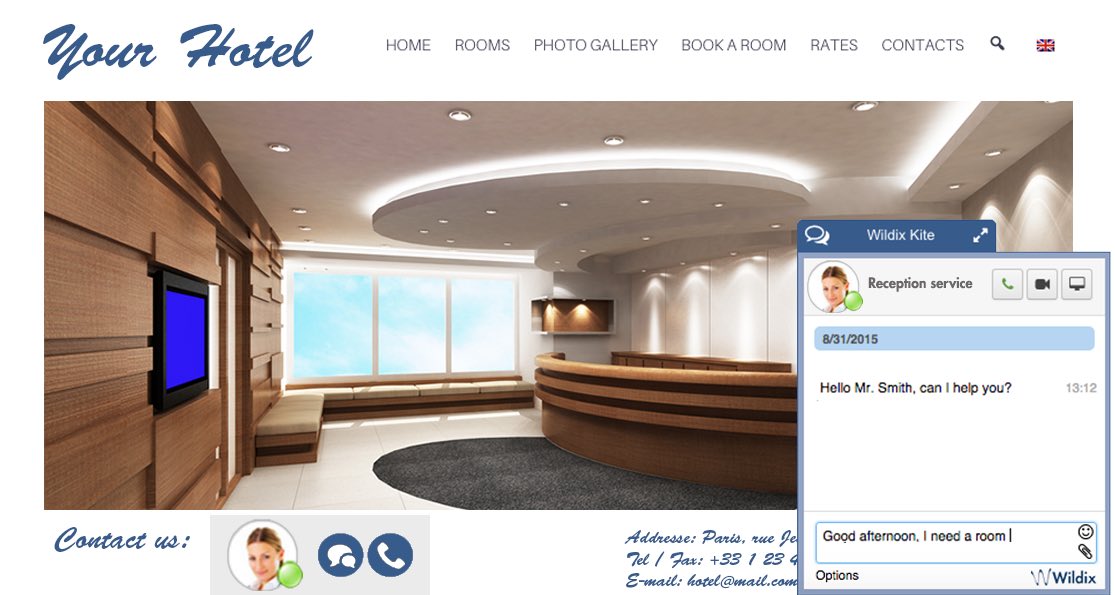
Collaboration is the Key
And the havoc that stress can wreak is alarming. Mentally, it results in anxiety and heightened symptoms of depression. Physically, it creates issues such as weaker immune systems and worsened risks of heart disease.
The key to reducing stress is maintaining a healthy work-life balance: limiting time-wasting behavior, reducing office hours, and ensuring your time off isn’t actually time spent on call. Continue reading “The Way to a Healthy Work-Life Balance”



